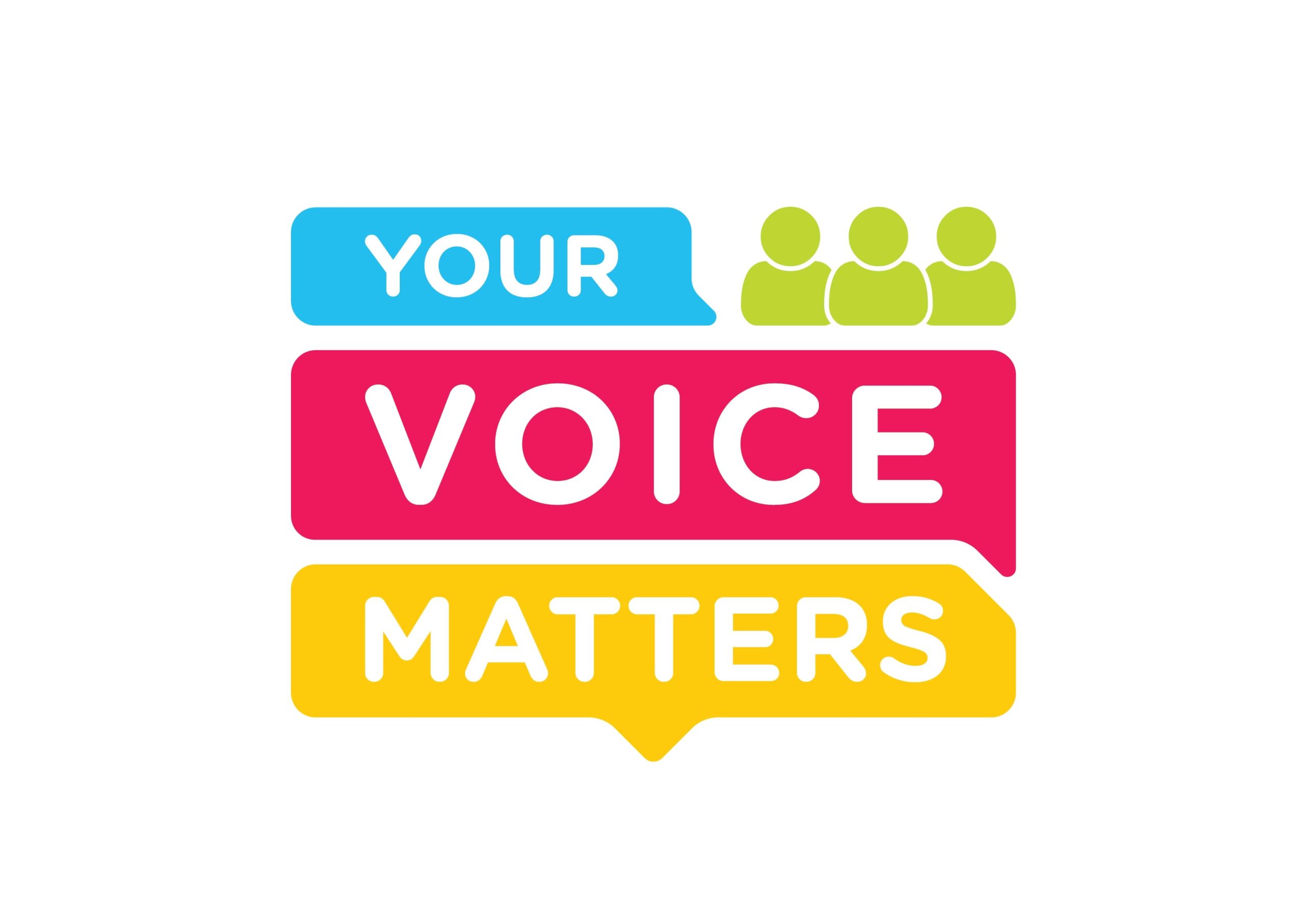I first wrote about out-of-pocket payments (OPP) for health care about three years ago. But recently, the issue of high OPP was raised in a seminar and was highlighted in the Health White Paper (HWP).
Therefore, it is time that we discuss this issue again, considering the HWP. In the HWP, high OPP was highlighted as a reason for financial hardship for middle and lower-income patients.
“The dichotomous health care system, together with relative under-investment in health more broadly, has also contributed to a high level of out-of-pocket payments (OOP).
“Through a proportion of OOP comprises higher-income patients seeking private sector health care services, as the public health care sector becomes more stretched, lower-to-middle income patients will seek shorter waiting times and treatment availability in the private sector even at the risk of severe financial hardship,” according to the HWP.
According to the World Health Organization (WHO), OPP is defined as direct payments made by individuals to health care providers at the time of use of service.
This excludes any pre-payment for health services, for example, in the form of taxes or specific insurance premiums or contributions. The main concern about the use of OPP for health care services is that the user does not have financial protection.
A good health financing system in terms of financial protection is to have a prepaid payment system so that people can have access to health care without having to worry about paying for these services.
Countries all over the world are seeking to increase pre-payment and reduction of OPP as a source of financing, and as part of health care reforms.
According to Malaysia National Accounts (MNHA) 2021 data, OPP as a source of financing for health is about RM24.643 billion or 31.5 per cent of total health expenditure.
For the past three years (2019 to 2021), the amount has increased on a yearly basis, but has declined as a percentage of the total health expenditure.
| Year | 2019 | 2020 | 2021 |
| Amount (RM Billion) | 22.392 | 22.617 | 24.643 |
| % of total health expenditure | 34.9 | 33.7 | 31.5 |
In 2021, the three main expenditure for OPP occurs at private hospitals (RM11.423 billion or 46 per cent), private medical clinics (RM4.632 billion or 19 per cent), and community pharmacies (RM3.911 billion or 16 per cent).
OPP payments are concentrated in the above three private providers and include dental clinics and Traditional, Complementary, and Alternative Medicine (TCAM) providers, adding up to a total of 89 per cent.
In terms of functions, most OPP is spent for outpatient services (RM9.984 billion or 41 per cent), followed by inpatient services (RM6.062 billion or 25 per cent) and pharmaceutical products (RM3.911 billion or 16 per cent).
Almost all health reform proposals and financing studies for the past 35 years in Malaysia have used large OPP figures as one of the main reasons to increase prepaid and pooled health financing, as this will impact the poor.
In three studies using local data, have shown that OPP health care payments made by Malaysian households were progressive and more concentrated among the richer segments of the population.
Therefore, to say that large OPP will or is expected to burden the poor or middle income is incorrect, as shown in these studies, with the latest published in April 2022. Apart from this, private insurance as a source of financing in 2021 was RM5.535 billion or 7.1 per cent of the total health expenditure.
From the above statistics on OPP, what can be classified as prepaid and pooled is only the OPP that is used for inpatient services, i.e. RM6.1 billion or only 7.8 per cent of the total health expenditure.
Even though OPP for outpatient services is about RM9.9 billion, the payment per episode for such services is low and affordable for most patients.
The federal government, through the Madani Medical Scheme (MMS), provides low-income earners treatment that is fully subsidised, with the participation of private general practitioners.
A similar scheme (Skim Peduli Sihat) has been introduced by the Selangor state government for many years now.
Patients who use private hospitals are mostly from those from higher income brackets who can afford to pay for such services. Some may pay first, but get reimbursement later from their employers.
But there is no denying that there are cases of financial hardship for those who have used up their insurance coverage, are underinsured, or have to make OPP for long-term treatment for non-communicable diseases such as cancer.
Unlike other countries, the use of OPP for health services in Malaysia has not resulted in severe financial hardship or catastrophic health spending, as it occurs in private health care.
Furthermore, anyone has access to public health services, with minimum co-payments, if there is a need. Even in countries that have national health insurance, there is still the option of making OPP as a form of co-payment or in the form of higher taxes to have sustainable health expenditure.
A more in-depth analysis of OPP in Malaysia will lead to a better understanding of the “high OPP” phenomenon in health financing and health reform.
Chua Hong Teck is an independent public policy and health analyst.
- This is the personal opinion of the writer or publication and does not necessarily represent the views of CodeBlue.




